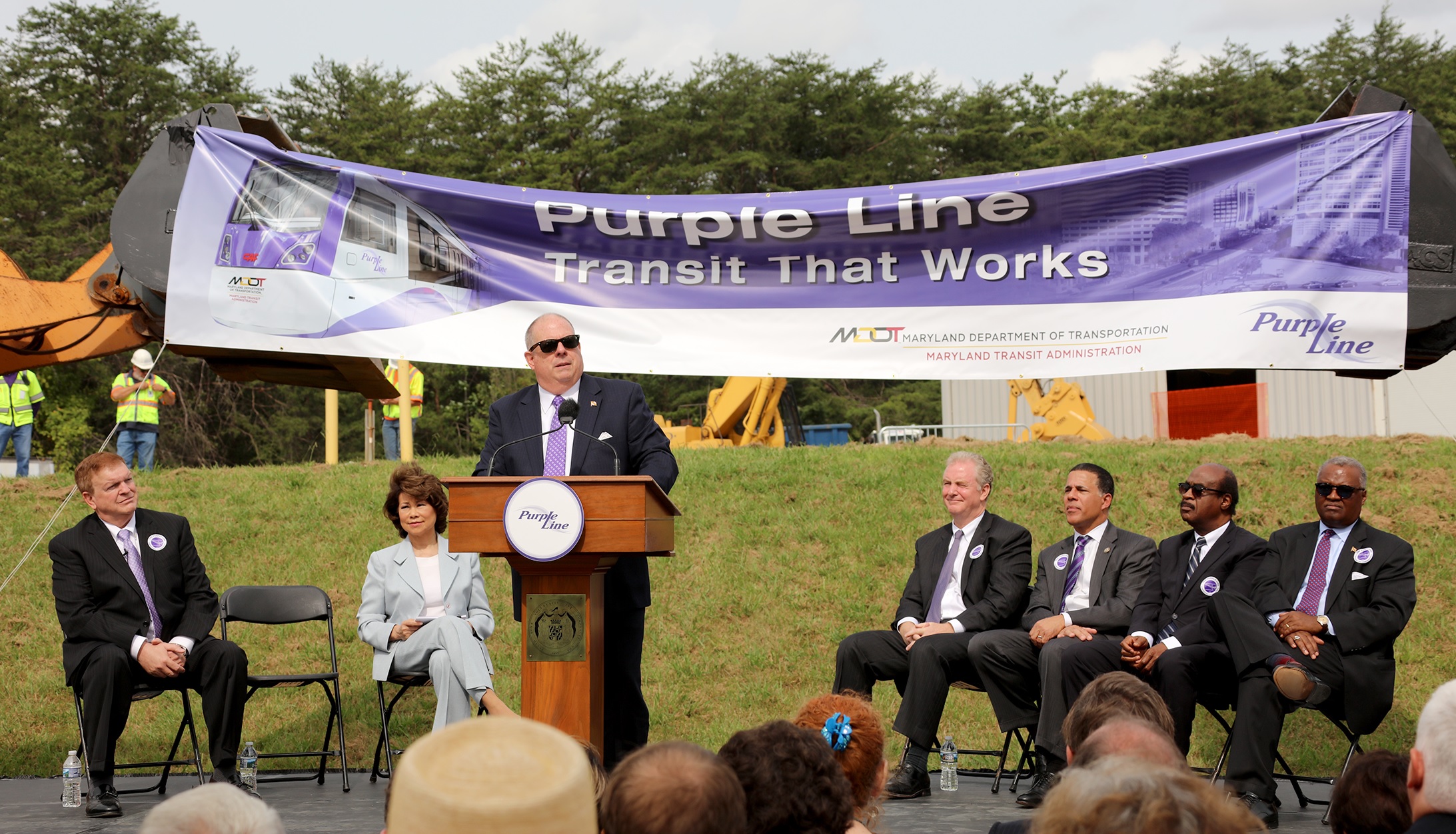By Andy Rosen
Andy@MarylandReporter.com
Delegates killed a measure Thursday that would have forced the state employee pension system to invest in “green” or life science ventures.
But they put off action – probably until next year – on measures that would begin to make up Maryland’s $17 billion unfunded liability for future pensions.
At a meeting of the House Subcommittee on Pensions, most lawmakers panned the green investment measure as a poor effort with a laudable goal.
Del. Steve Schuh, R-Anne Arundel, said he was afraid the bill would set a bad precedent, though it would only require $50 million in investment out of the about $28.6 in assets that the pension system holds.
“It’s based on the assumption that we as public officials know how best to invest assets,” he said. “There is a long line of other delegates that are going to want to kind of carve out their own $50 million for their own financial area of interest.”
The measure ultimately failed, gaining the support of just two of the delegates on the committee. Pension system officials had criticized the investment plan as potentially harmful to the system’s returns. An identical bill is still technically alive in the Senate, though it would need to pass its own chamber and the same House subcommittee to become law.
The subcommittee instead decided to ask the pension system to report back on its investment in the eco-friendly industries that the bill would have applied to. The committee apparently wants to continue waiting for information about the overall pension system before it makes any big moves toward meeting its long-term liabilities.
Lawmakers delayed action on a bill proposed by Schuh that would require the state to pay for its pension obligations more quickly. That would mean the state would have to put enough aside that the strained pension fund would have to fund 90 percent of its future payouts over the next six years. That is the level it was at six years ago before it started reducing payments in pension funds.
The fund had enough to meet 65 percent of its future obligations last year, after it lost $8 billion in investments in the stock market downturn. The fund has been losing steam for several years under a funding system that allowed the state to cut back on its funding requirements as long as pensions were maintained at a certain level.
Many, including the system’s board of trustees, have criticized the funding method. The objection has been that the system allowed the state to fall behind quickly and requires it to catch up only very slowly.
But many on the subcommittee suggested that it would be better to wait for major reform to the system until there’s more time for staff to study the problems.
Also Wednesday, Sen. Andy Harris, R-Baltimore and Harford, raised the pension issue on the Senate floor during discussion of a bill that would extend the life of a panel that is supposed to be studying how to pay for the state’s $15 billion obligations for retiree health care.
That panel has not been meeting recently. Harris, who is running for Congress, briefly considered expanding its charge to cover pension liabilities as well. In the end, he said he would introduce separate legislation on the matter, even tough it was late in the session.
“We could develop a parallel commission because this is such an important topic,” Harris said.
Sen. Nathaniel McFadden, chair of the Senate pensions subcommittee, said his committee shared Harris’s concerns.
“It’s extremely high on the radar screen,” McFadden said.
Senate Majority Leader Ed Kasemeyer, co-chair of the commission on retiree health care, said the state can’t pay its future obligations now.
“We can’t afford right now to pay our real liability,” he said.





Recent Comments